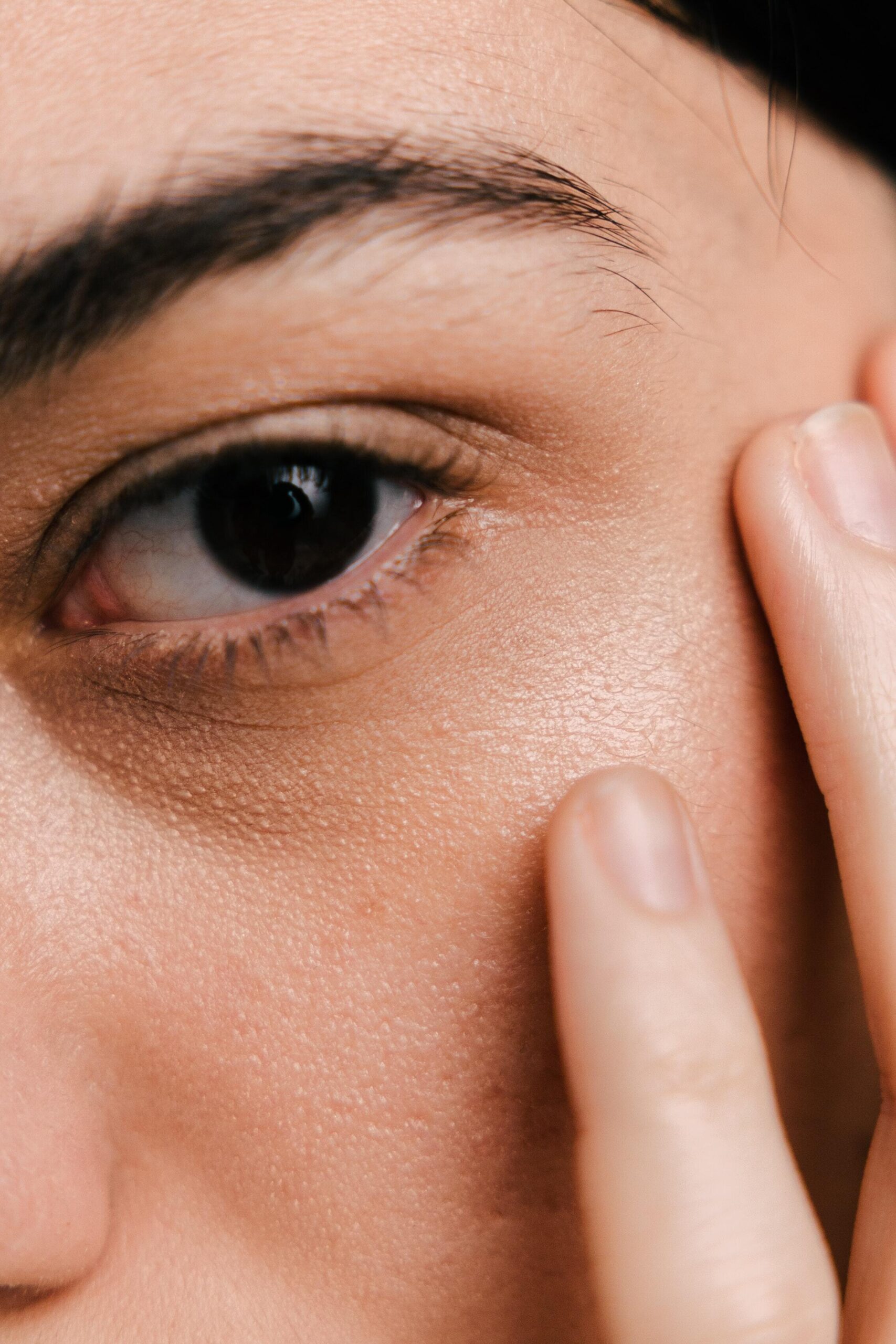Your doctor will inject Botox into trigger points located around your head and neck. The exact location of the trigger points, and number of injections, will depend on your condition.
Botox
How Does Botox for Migraines and Headaches work?
Botox is a neurotoxin that can relax tense muscles and block pain-signaling neurotransmitters.
When administered for migraines, severe headaches, or TMJ, Botox blocks specific neurotransmitters that cause muscles to contract, subsequently soothing muscle pain.
Common Conditions
What Are The Benefits of Botox for Migraines?
Botox injections reduce muscle-related discomfort by blocking neurotransmitters and relaxing contracted muscles
Botox injections are efficient outpatient procedures with minimal downtime.
What to Expect
During Treatment
After Treatment
Over the following 2-3 weeks you should feel relief from your relaxed muscles. Following your injection you may experience temporary, mild side effects, including: discomfort and/or swelling around the injection site(s), headache, fatigue, muscle weakness. These side effects typically subside within a few days.


